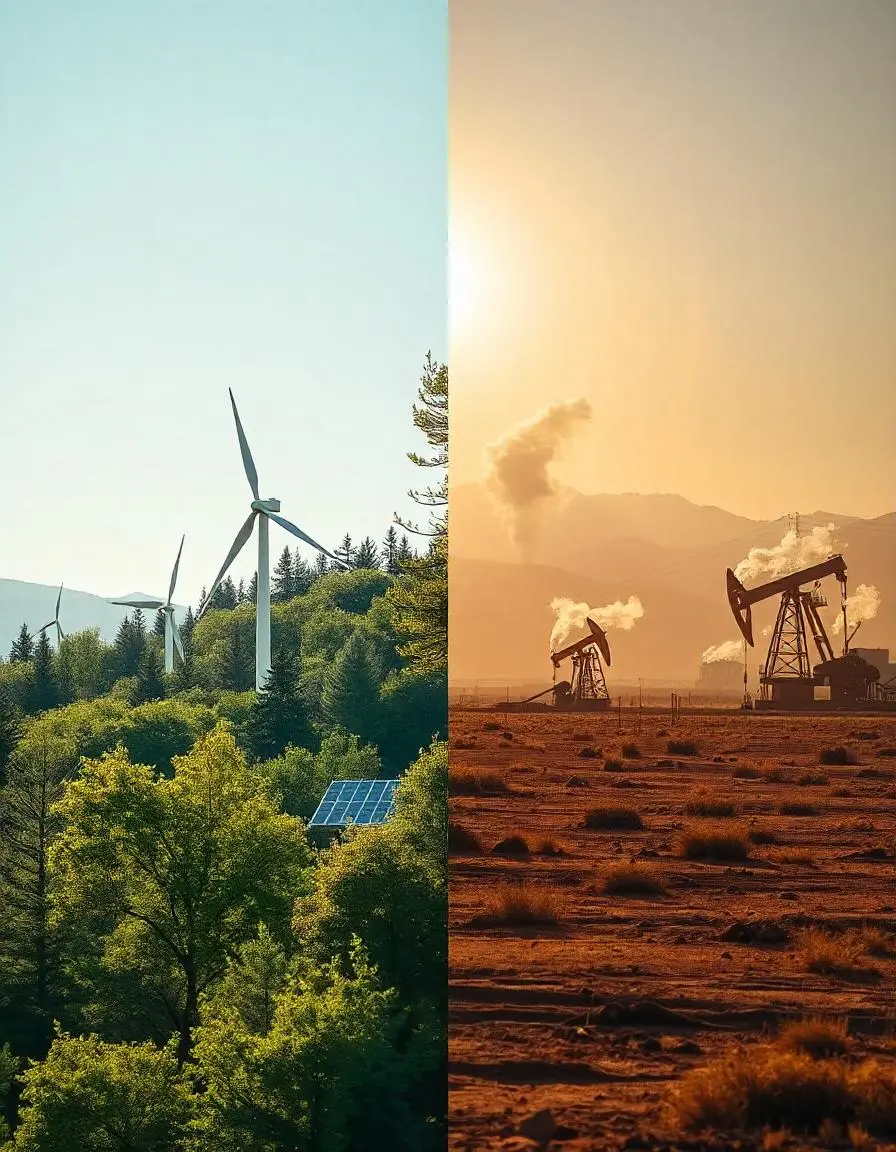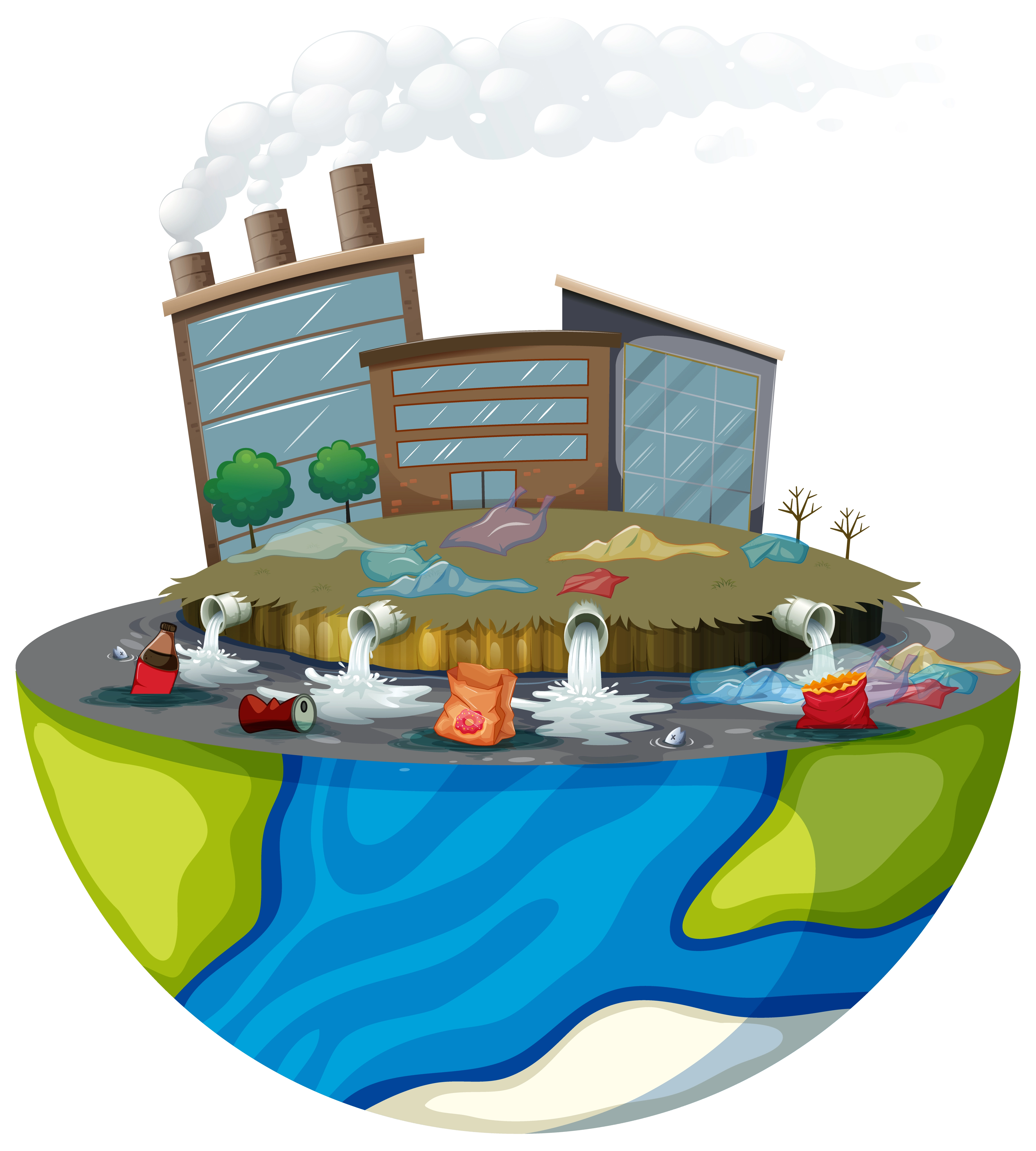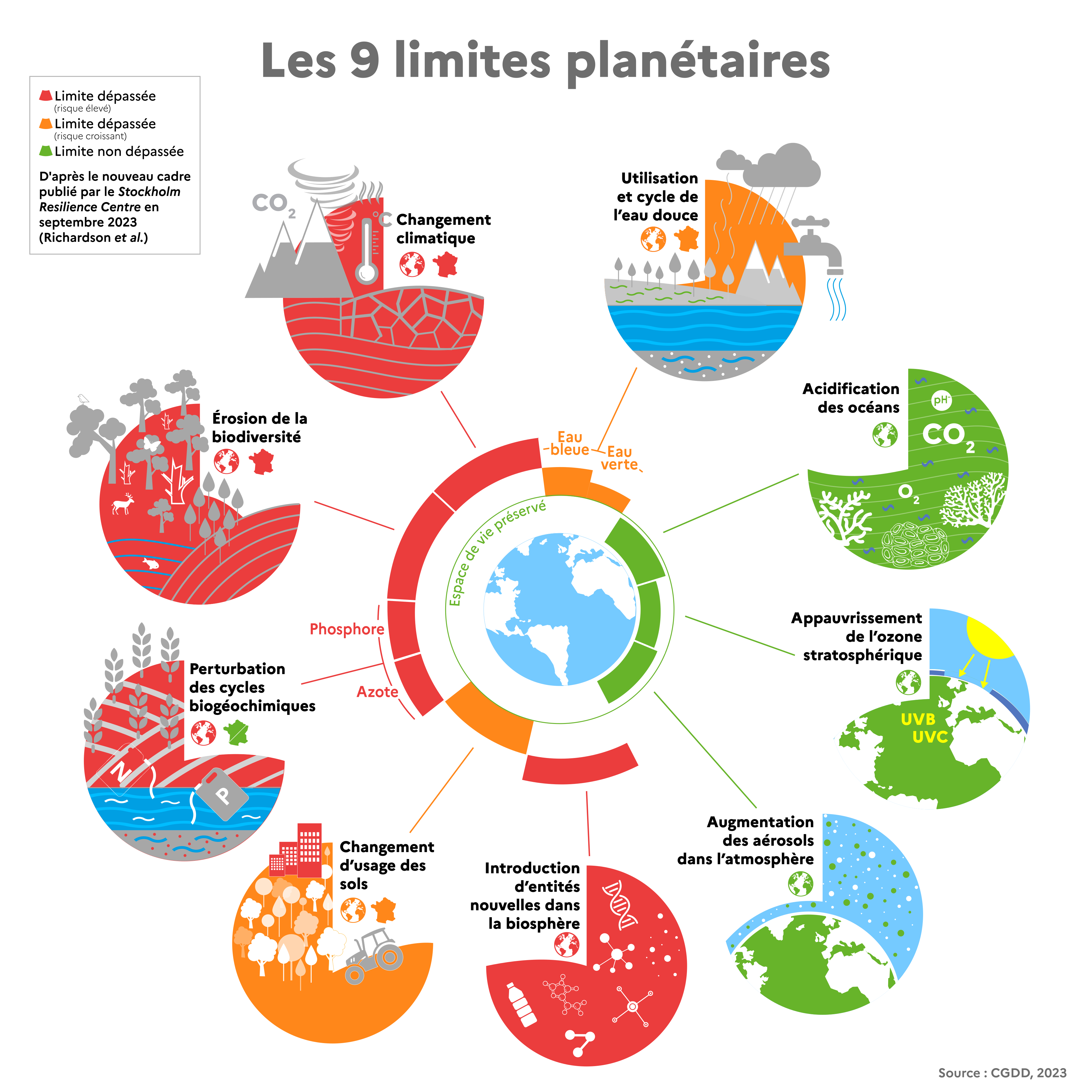What is a natural resource?

First of all, there are two types of natural resources, that which is renewable and that which is non-renewable. Renewable ones can regenerate quickly, naturally or thanks to man after being worn out by their consumption. Wood is a renewable resource, water is also part of it.
Non-renewable resources are those which are only usable until they completely wear out. Some are considered non-renewable because their speed of destruction far exceeds their speed of creation which is counted in thousands or even millions of resources. 'years.
Resources at risk
Even if water is considered renewable energy, it is in danger. Indeed, population growth and urbanization lead to an increase in water consumption, making this resource increasingly limited, particularly with intensive agriculture and industry which are among the causes of resource depletion. of water. Fossil fuels are the main source of greenhouse gas emissions globally. They are therefore the main cause of global warming, which massively disrupts ecosystems and threatens human societies. Animal overexploitation endangers biodiversity, that is to say overfishing, poaching, deforestation but also water pollution which is the cause of the gradual disappearance of certain species.

Moi j'adore l'eau, dans 20 ou 30 ans y en aura plus.
